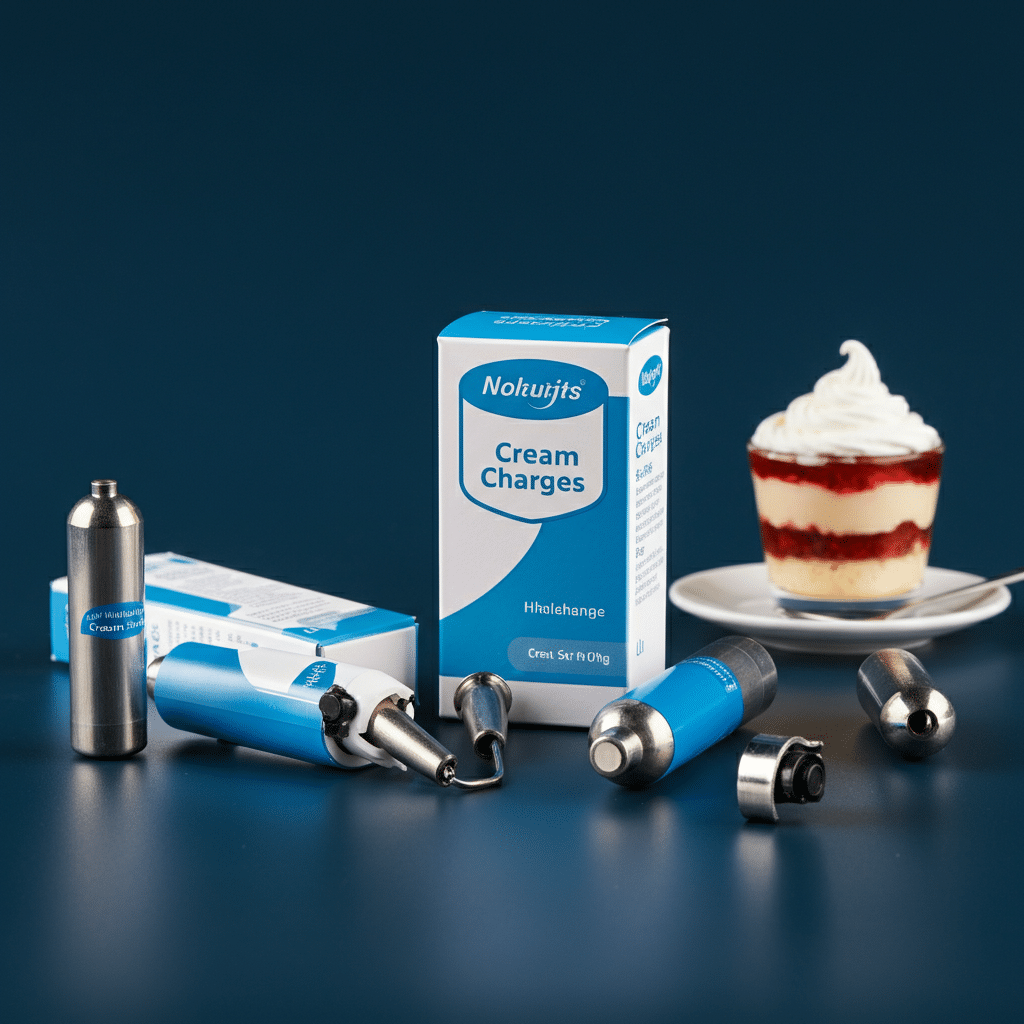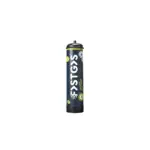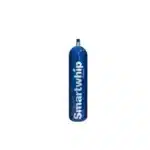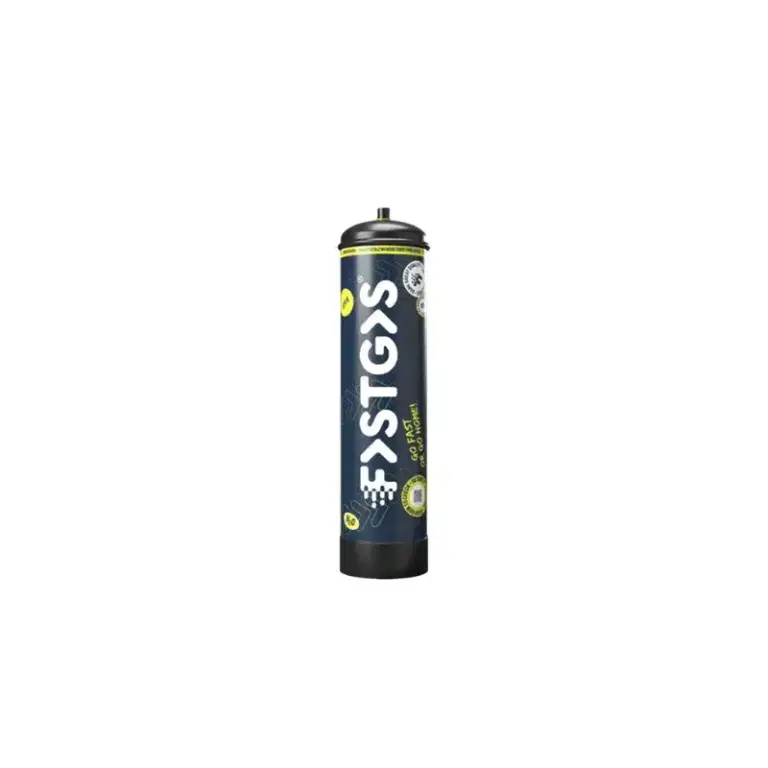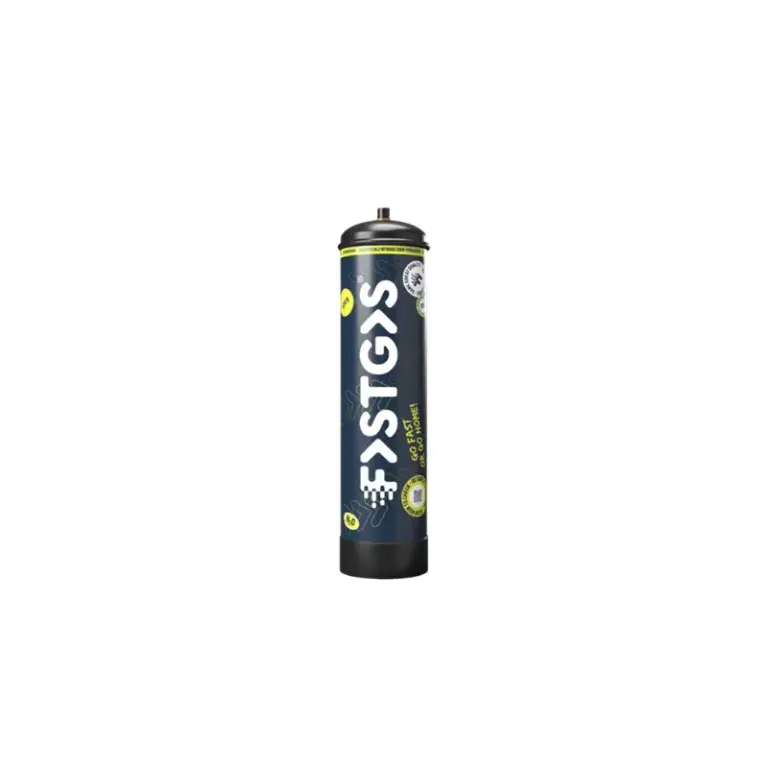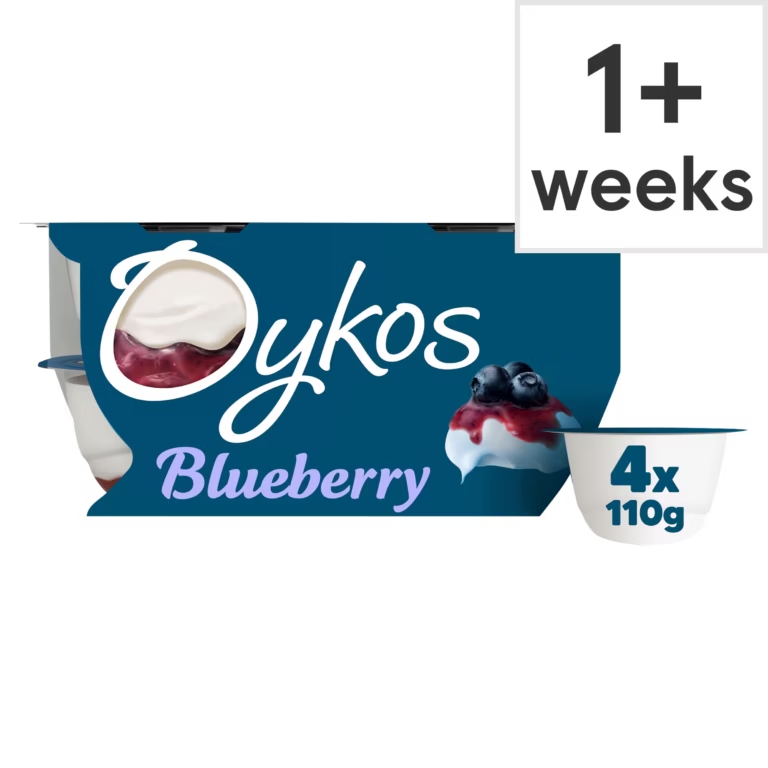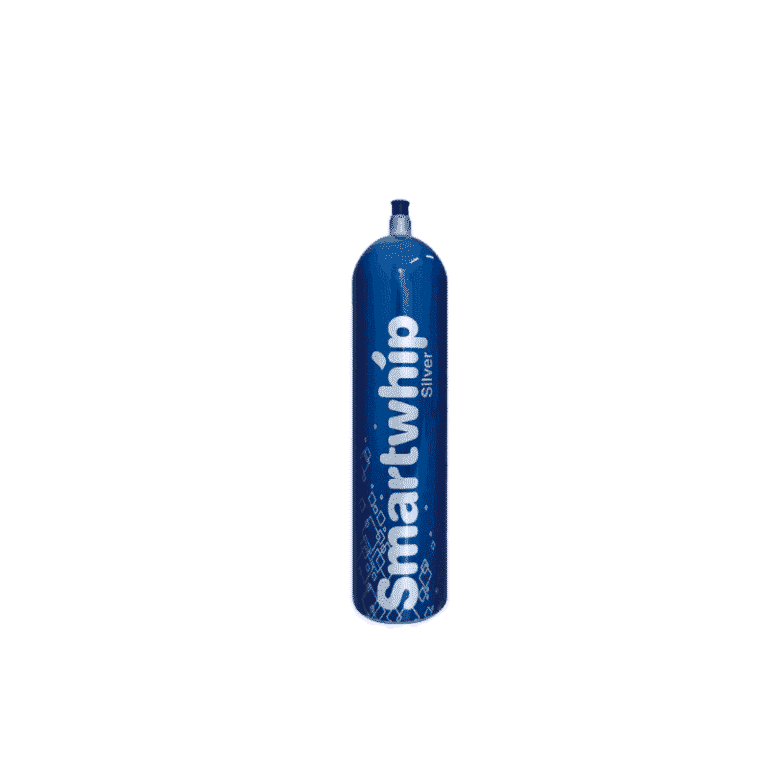Meet the Cream Charger: A Small Canister with a Big Role
If you’ve ever enjoyed fluffy whipped cream atop your hot chocolate or dessert at a café—or made it yourself—you’ve probably seen a small silver capsule involved in the process. These are called cream chargers, and they’re the hidden hero behind those smooth, airy peaks.
Cream chargers are small steel canisters filled with food-grade nitrous oxide (N₂O). When released into a cream dispenser (also called a cream whipper), the gas instantly whips the cream into that delicious, cloud-like texture. They’re incredibly popular not just in restaurants, bakeries, and cafés, but also among home cooks and foodies experimenting with plant-based whipping cream, coconut cream, or even foamed cocktails.
But for all their culinary brilliance, cream chargers come with a catch: they’re often used once and tossed out—and that’s where the problem begins.
Why Recycling Cream Chargers Matters More Than You Think
Let’s be honest—it’s easy to think something that small couldn’t make much of a difference. But cream chargers are made from stainless steel, a recyclable material that doesn’t break down easily in landfills. Multiply that by millions of chargers used globally, and suddenly this tiny canister becomes a huge environmental issue.
Improper disposal of whipped cream chargers adds to:
- Landfill waste
- Metal pollution
- Greenhouse gas emissions if nitrous oxide isn’t properly vented
- Local recycling center confusion when they’re thrown into the wrong bin
Recycling cream chargers helps reduce climate change, minimize environmental risks, and preserve natural resources. It also helps support environmental stewardship by promoting responsible consumer behavior. If you enjoy your whipped cream with a side of conscience, learning how to dispose of these tiny steel bullets is essential.
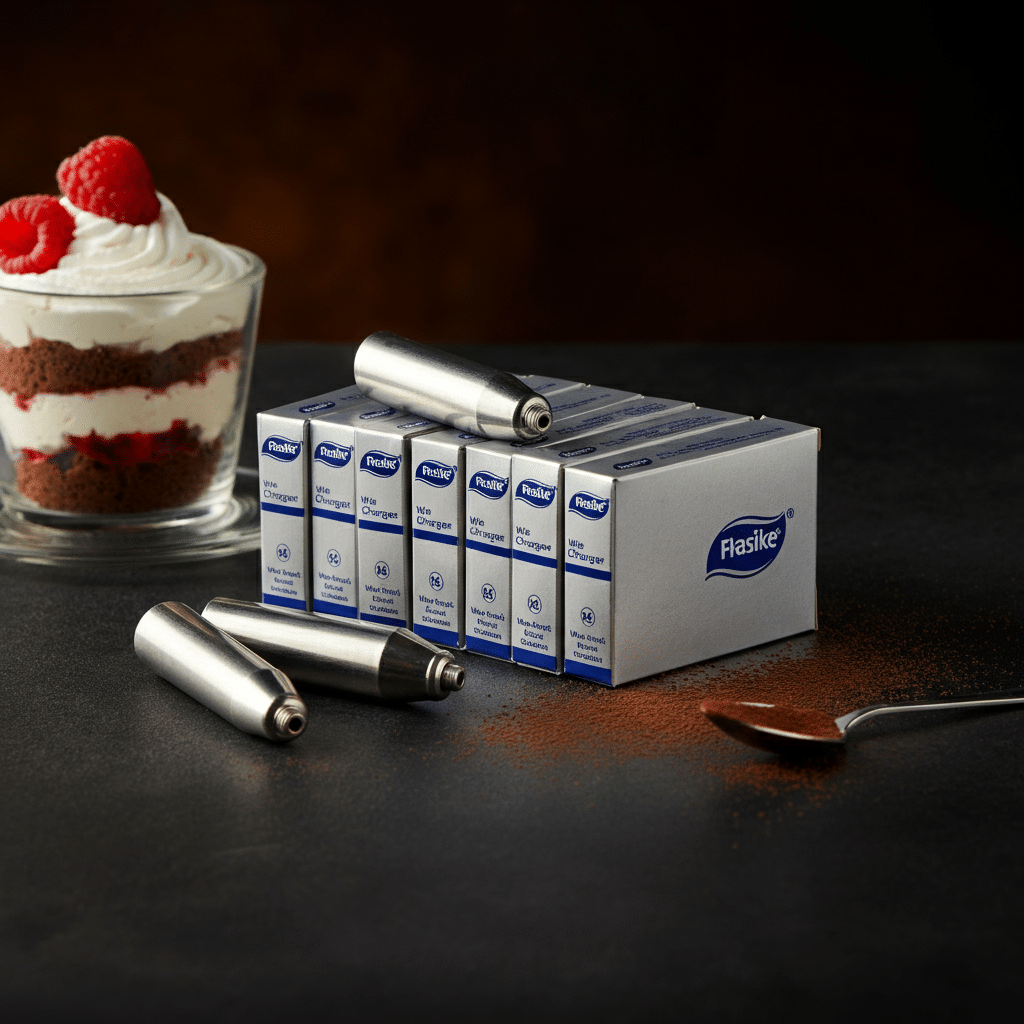
How to Recycle Cream Chargers Safely and Responsibly
Step 1: Understand What They’re Made Of
Before diving into disposal, let’s quickly break down what cream chargers actually are:
- Material: Most are made of 100% recyclable stainless steel
- Contents: Filled with pressurized nitrous oxide gas
- Variants: Come in small cartridges, large tanks, and industrial sizes like the IBC 1000L Nitrous Oxide Canister Bin
Despite being recyclable, not all recycling centers accept them, at least not without preparation.
Step 2: Always Empty Before Disposal
Safety first! A used charger must be completely empty of nitrous oxide before it’s recycled. Why? Because N₂O is under pressure and can be dangerous if not handled properly. Never crush or puncture a non-empty charger.
Most chargers automatically vent when used properly in a cream dispenser. If you’re unsure, hold the empty charger upside down and give it a gentle shake—no sound usually means it’s fully discharged.
Step 3: Sort Correctly—Not All Bins Are Equal
This is where many well-meaning recyclers go wrong. Do not toss used cream chargers into your regular household recycling bin or food recycling bins. Here’s what you should do:
Check with Your Local Recycling Centre
Some community recycling centres and metal recycling facilities accept cream chargers, but it depends on local environmental laws and available recycling programs.
Look for these keywords on your municipality’s website:
- Recyclable stainless steel
- Cylinder waste disposal collect service
- Steel recycling
- Canister disposal or disposal service
If accepted, drop them off in the designated bin, often labeled Cream Chargers, Cylinders, Tanks, or recyclable chargers.
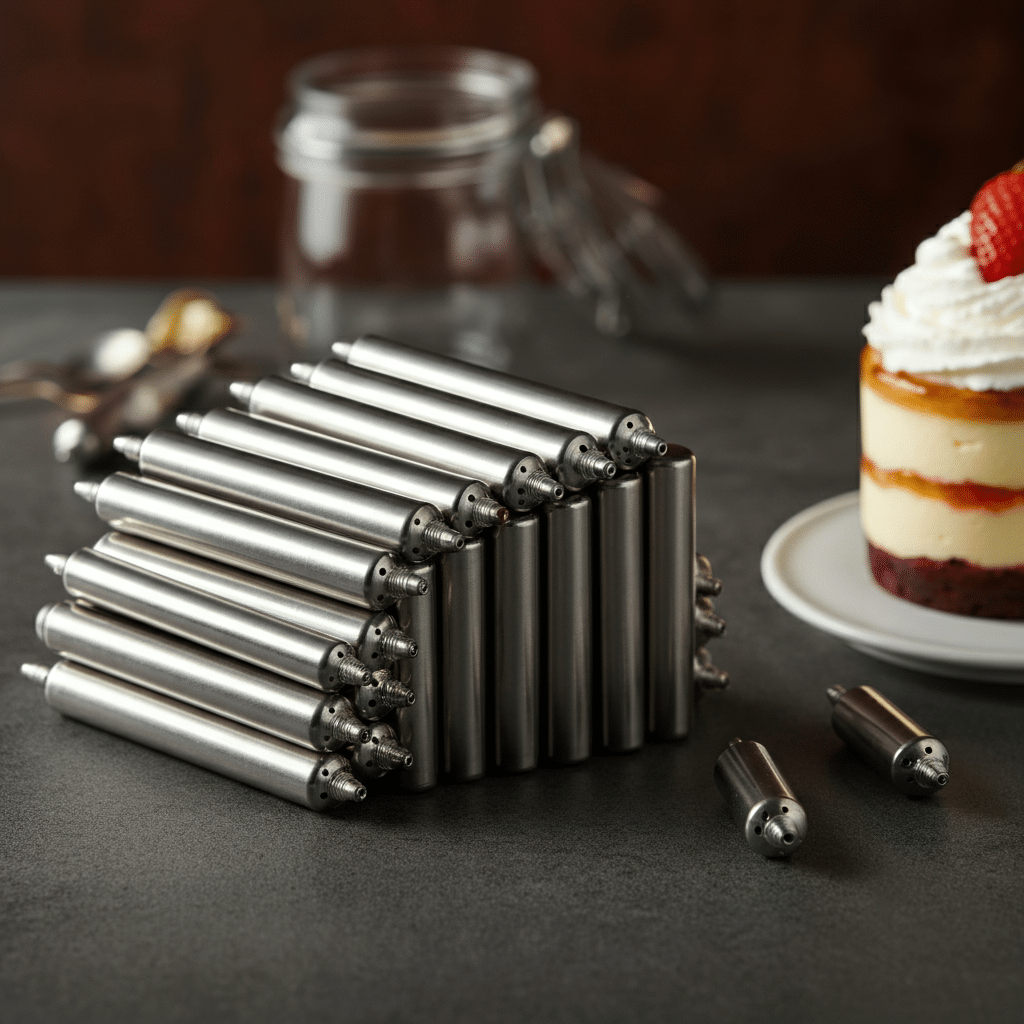
Step 4: Use a Specialized Disposal or Recycling Service
In areas where local recycling doesn’t accept them, third-party services can help. Some companies allow you to book empty cream charger recycle service or participate in cylinder waste disposal systems.
These services often include:
- Free or paid pickup
- Drop-off points for large volumes
- Safety instructions for handling and packaging
For cafés or bakeries that go through dozens daily, this is a practical, responsible option.
Step 5: Consider Larger-Scale Recycling Solutions
If you’re a business dealing with bulk quantities, using an IBC 1000L Nitrous Oxide Canister Bin or partnering with a bulk disposal system might make more sense.
Some brands and distributors now offer return programs—when you buy your cream cartridges or chargers, check to see if they have a recycling or buy-back option.
Sustainable Swaps
If you love that whipped cream swirl but feel uneasy about the waste, the good news is—you’ve got options.
1. Reusable Cream Chargers
While most cream chargers are single-use, some brands are exploring refillable stainless steel canisters. These work similarly to soda siphons and can be used many times with a compatible cream whipper. They’re still niche, but with increasing interest in sustainable kitchen tools, this might be the next big wave.
2. Eco-Conscious Brands
Some companies are starting to offer cream chargers made with recyclable packaging or take-back programs. When choosing a brand, look for labels that mention:
- Recyclable stainless steel
- Returnable or refillable systems
- Participation in disposal service programs
Support businesses that are part of the solution.
3. DIY Whipped Cream—No Chargers Needed
If you’re making whipped cream at home and want to ditch chargers altogether, go old school:
- Use a hand mixer or whisk with chilled cream (or plant-based whipping cream like coconut cream).
- This takes a bit more time but creates zero canister waste.
- Bonus: It’s fun and a great arm workout.
FAQs
1. Can cream chargers go in my regular recycling bin?
Usually not. Even though they’re made from recyclable stainless steel, most household recycling systems don’t accept pressurized canisters due to safety concerns. Always check with your local recycling centre or Community Recycling Centre for guidelines.
2. How do I know if a cream charger is empty and safe to recycle?
If it’s been used in a cream dispenser properly, it’s likely empty. Shake it—if there’s no sound or gas release, it’s safe. Never attempt to puncture a charger yourself.
3. Can I reuse cream chargers?
No, standard cream chargers are single-use only. Trying to refill them is dangerous and not recommended. Instead, look into refillable options or participate in recycling programs.
4. What should businesses do with hundreds of used chargers?
If you’re running a café, bar, or bakery, consider:
- Partnering with a metal recycling or disposal service
- Using an IBC 1000L Nitrous Oxide Canister Bin
- Booking a cylinder waste disposal collect service
These services help manage high-volume disposal responsibly.
5. Is nitrous oxide harmful to the environment?
Yes, nitrous oxide is a greenhouse gas—about 300 times more potent than CO₂. Though food-grade N₂O used in whipped cream chargers is minimal compared to industrial emissions, careless release or disposal contributes to global warming and climate change.

Final Thoughts: Tiny Canister, Big Impact—Make It Count
Cream chargers might be small, but their environmental impact is anything but. Whether you’re a weekend baker or a professional chef, how you dispose of these whipped cream canisters matters more than you might think.
By choosing to:
- Recycle correctly
- Use sustainable alternatives
- Support eco-conscious brands
- Educate others
…you’re helping create a kitchen culture that values both taste and responsibility.
Remember, every charger recycled is one less in a landfill, one less risk to our ecosystems, and one step closer to environmental stewardship in everyday life.

